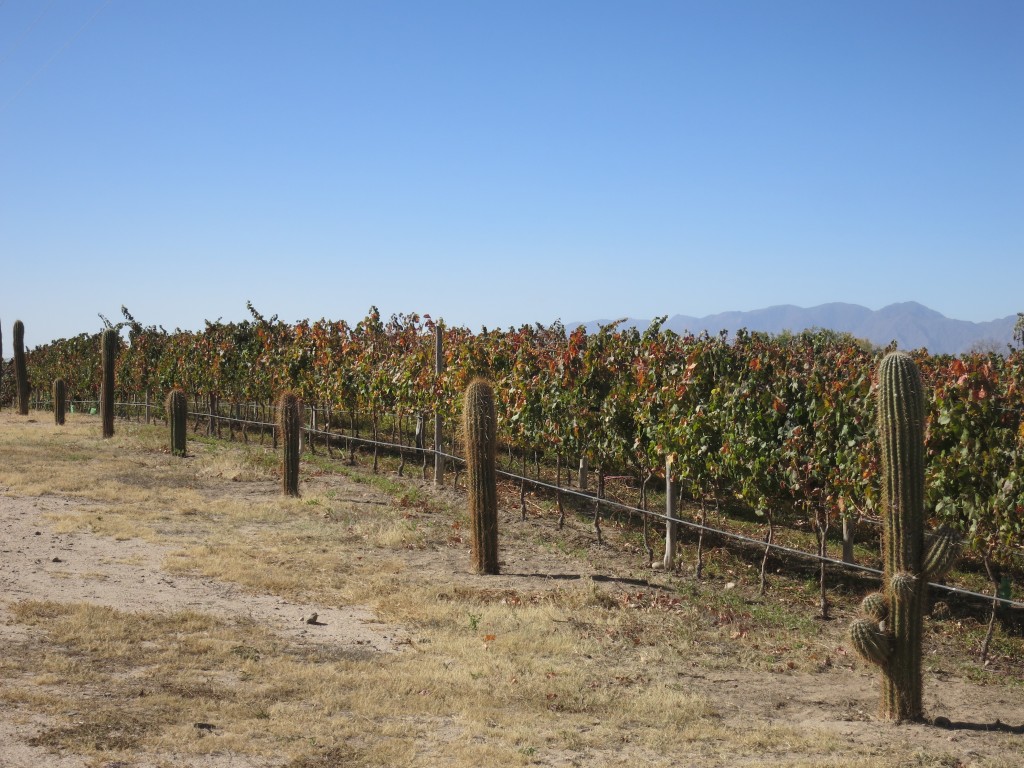Why Altitude Matters In Wine
There’s something of a fashion for wine from higher-altitude vineyards nowadays, perhaps coinciding with the fashion for cool-climate wines. I’m not one to follow fashions, of course, but in this case, I’m all for it. One of the reasons the wines of Argentina achieve such richness and fruitiness is because of the altitude of the vineyards.
Mendoza is already getting up there, set at the foot of the Andes at about 3,000 feet above sea level. But lesser-known Salta gets even higher, with vineyards at upwards of 6,000 feet.
But who cares? Why is altitude important?
I consulted my Oxford Companion to Wine, which had this to say about Salta, for example: “Even the lower vineyards in Salta are at 1,650 m/5,413 ft, and because of this elevation, the vine is forced to protect itself from extreme weather, resulting in lower yields and thick skins, which produce concentrated, full-bodied wines that are also extremely fragrant.”
Many argue that the diurnal temperature shift (the difference between the daytime and nighttime temperatures) at higher elevations help grapes ripen while maintaining their acidity, as opposed to grapes ripened somewhere uniformly warm, where they might simply end up too sugary.
But how much does elevation really come through in the flavor? Does it make a palpable difference, or is it just another marketing ploy? We did a highly unscientific experiment to determine the answer, blind-tasting a Norton Malbec from Mendoza and a higher-elevation Amalaya Malbec from Salta. Let’s see if we can tell which is which!






